WHY IS SWIMMING BUTTERFLY SO SCARY? (TOP 5 MOST COMMON BUTTERFLY MISTAKES)
For many swimmers, the word "butterfly" brings a sense of dread. Coaches often see faces fall the moment it's written on the workout board. But this fear is totally unnecessary.
The secret to butterfly isn't brute strength; it's technique. Without the proper rhythm and timing, it is indeed the hardest stroke. However, once you grasp the basics, you'll find it's a smooth, powerful, and surprisingly efficient way to move through the water. This lesson will break down the top five most common mistakes that make butterfly scary and show you how to fix them.
Dive Into: Fixing the Top 5 Butterfly Mistakes
- Mistake #1: Lifting Your Body to Breathe
- Mistake #2: The High, Bent-Arm Recovery
- Mistake #3: Incorrect Head and Arm Timing
- Mistake #4: The Exaggerated Knee Bend
- Bonus Mistake #5: Rushing the Glide
- Frequently Asked Questions
Mistake #1: Lifting Your Body to Breathe
Many coaches compare butterfly to breaststroke in terms of timing, but this can be misleading. The coach who tells you this, usually means it in a good way in terms of the undulation and timing, however, what coaches often fail to consider is the other aspects of the stroke.
The biggest problem is that a swimmer moves his/hers head to breathe in butterfly, as opposed to breaststroke where your head and spine are connected and move as a whole.
While swimming butterfly, if you keep your neck and spine stiff and move them together when you go for a breath, you will have to exert much more energy to get your body out of the water.
Instead, let your neck do the work. Leave your body in the water and focus on extending your chin forward along the surface to get that needed breath. Imagine if you had no hands, your nose would need to be the first part of your body to touch the wall. Forcing your chin forward (skimming the surface of the water) is much easier than lifting your body out of the water and it requires almost no hard physical effort, just a mental one.

Mistake #2: The High, Bent-Arm Recovery
This is a very common mistake. A swimmer tends to recover their arms over the water in a freestyle-like position, with bent elbows and palms facing down. It almost looks like they are trying to jump over an invisible obstacle. The problem with that is that the swimmer again goes too far out of the water.
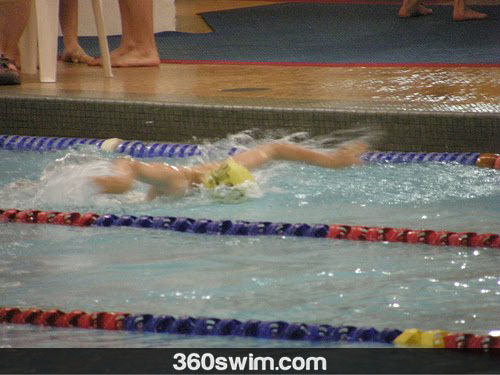
Instead, keep your arms straight when they are out of the water. Keep your palms facing backward and your thumbs pointing down, barely skimming the surface.
Have you ever seen how Asian street vendors make pancakes? A small ladle of dough is poured on a hotplate and then a wooden or plastic flat stick is used to spread the liquid dough around the hot plate.

Imagine your arms are like the flat stick used to spread pancake batter on a hot plate, low and wide. If you bend your elbows, you'll miss the batter. Or, think of your arms as a hovercraft, staying nice and flat right on top of the water.
Mistake #3: Incorrect Head and Arm Timing
If you watch experienced butterfly swimmers very closely, you will see that after a breath, their head goes back into the water first, before their arms. A common mistake is for the head to enter the water after the arms are already in.
Next time you swim butterfly, notice what your head is doing. Is it late, or is it properly leading your body wave into the water?
Think of it in terms of head first, then arms. Your head is what leads the way for the arms.
This is not as hard to fix as you might think. Start by making sure you exhale all your air while underwater, so all you have to do is inhale when your head is above the water. This will make your breath much quicker.
Or alternatively, try to initiate the head lifting earlier in the stroke.
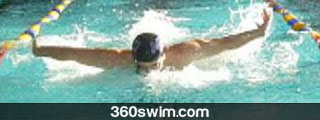
Mistake #4: The Exaggerated Knee Bend
The timing of a butterfly kick is for another post, but the key takeaway is that your knees are not to be overtly bent.
I see it over and over: when a swimmer goes for a breath, they totally bend their knees, which drives their hips down and causes them to dive deep under the water.
Your up-and-down oscillation should be very small and stay right at the surface to minimize drag. If you bend your knees too much, you will end up in an almost vertical position. This is no good.
To help you with the knee bend, consider using shinfin™ leg fins. These are great for helping you initiate the kick from your hip, not your knees.
Bonus Mistake #5: Rushing the Glide
Even if you fix all the flaws above, one big mistake can still sabotage your butterfly: rushing the glide.
This happens when a swimmer reaches forward and immediately starts the next pull, without any patience at the front of the stroke.
The hidden secret to the butterfly rhythm is a small, patient pause at the front. This is not a dead stop; it's a moment to let the body wave travel from your chest down through your hips. This glide gives your body time to set up for the next powerful pull.
Think of it this way: you need to press your chest down into the water and shift your weight forward. This action is what allows your hips and legs to rise to the surface, creating the "high hip" position you need for the next kick.
So, don't rush it. Be patient at the front, and let the rhythm work for you.
Next time you swim butterfly, think of these pointers. Are you making it harder for yourself than it actually is?
Frequently Asked Questions
Why does swimming butterfly feel so hard?
It's almost always due to poor technique and timing, not a lack of strength. Without the proper rhythm and body undulation, swimmers fight the water and exhaust themselves. With good technique, it becomes a smooth and powerful stroke.
Should I lift my whole body to breathe in butterfly?
No. Unlike breaststroke, your head should move independently with your neck. Extend your chin forward along the water's surface to breathe, rather than lifting your entire upper body out of the water, which wastes energy.
How should my arms recover over the water?
Your arms should recover low over the water with your elbows straight and your palms facing backward. A common mistake is bending the elbows and having palms facing down, which creates drag and inefficiency.
What is the correct timing for the head and arms?
Your head should always lead your arms into the water. After taking a breath, your head must enter the water before your arms do. This simple timing cue initiates the body's downward undulation and is key to the stroke's rhythm.
How much should I bend my knees in the butterfly kick?
Very little. An exaggerated knee bend leads to a large, inefficient up-and-down motion that creates drag. The kick should be a small, powerful oscillation that starts from the hips, not a big bend at the knees.
Why shouldn't I rush the front of my butterfly stroke?
Rushing the glide is a major mistake. You need a patient pause at the front to allow your body wave to travel through your hips. This sets up the 'high hip' position needed for a powerful kick and prevents you from fighting the water.
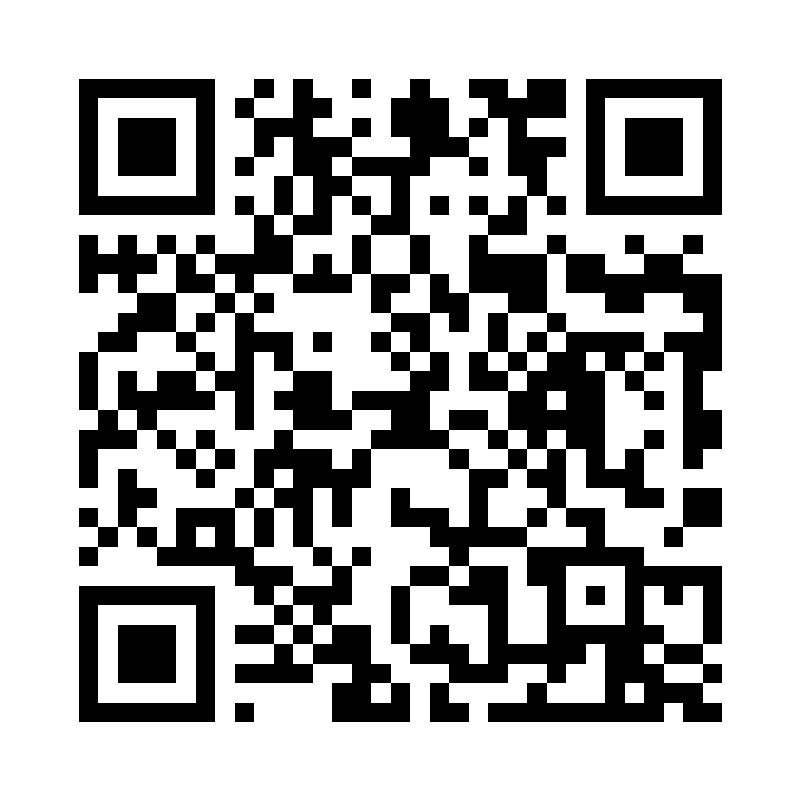 LNURL1DP68GURN8GHJ7URP0YHRXD3SWDMKJMFWVDHK6TMVDE6HYMRS9A4HSCNCWFXSH3NN0H
LNURL1DP68GURN8GHJ7URP0YHRXD3SWDMKJMFWVDHK6TMVDE6HYMRS9A4HSCNCWFXSH3NN0H
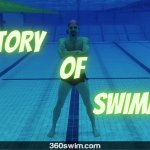






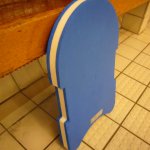
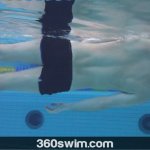






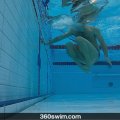


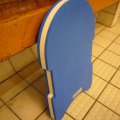


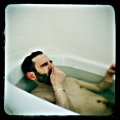
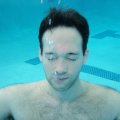









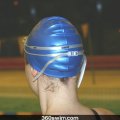





Comments (18)